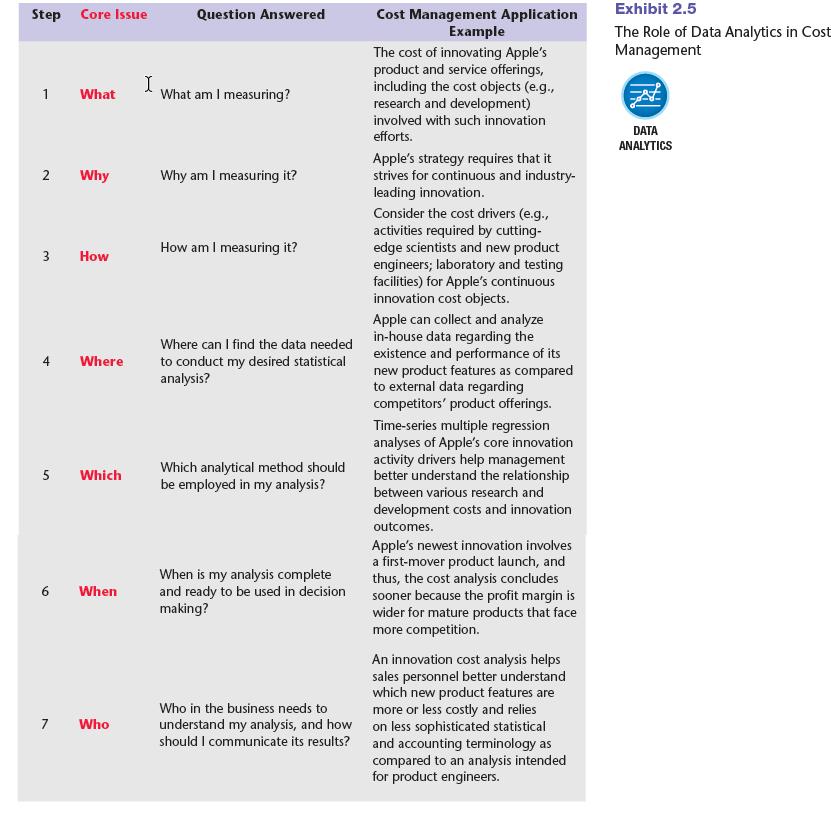J. Q. Higgins, owner of Robins Nest, wants to determine the cost behavior of labor and overhead.
Question:
J. Q. Higgins, owner of Robin’s Nest, wants to determine the cost behavior of labor and overhead. Higgins pays his workers a salary; during busy times, everyone works to get the orders out. Temps (temporary workers hired through an agency) may be hired to pack and prepare completed orders for shipment. During slower times, Higgins catches up on bookkeeping and administrative tasks while the salaried workers do preventive maintenance, clean the lines and building, etc. Temps are not hired during slow times. Higgins found that workers’ salaries, temp agency payments, rentals, utilities, and plant and equipment depreciation are the largest dollar accounts. He believes that workers’ salaries and plant and equipment depreciation are fixed, temp agency payments are associated with the number of orders (since temp workers are used to pack and prepare completed orders for shipment), and electricity is associated with the number of machine hours. When the number of different parts stored by Robin’s Nest exceeds the space in the materials storeroom, Higgins rents nearby warehouse space. He can rent as much or as little space as he wants on a month-to-month basis. Therefore, he believes warehouse rental payments are variable with the number of parts purchased and stored. The account balances for the past six months as well as the six-month total are as follows:

Information on number of machine hours, orders, and parts for the six-month period follows:

Required:
1. Calculate the monthly average account balance for each account. Calculate the average monthly amount for each of the three drivers.
2. Calculate fixed monthly cost and the variable rates for temp agency payments, warehouse rent, and electricity. Express the results in the form of an equation for total cost. (Round your answers to the nearest cent.)
3. In July, Higgins predicts there will be 475 orders, 850 parts, and 6,700 machine hours. What is the total labor and overhead cost for July?
4. What if Higgins buys a new machine in July for $60,000? The machine is expected to last 20 years and will have no salvage value at the end of that time. What part of the cost equation will be affected? How? What is the new expected cost in July?
5. Briefly explain how your responses to Requirements 3 and 4 represent examples of predictive data analytics (see Exhibits 2.5 and 2.6, pp. 37, 40 for a review of data analytic types).
Exhibits 2.5

Exhibits 2.6

Step by Step Answer:

Cost Management
ISBN: 978-0357141090
5th Edition
Authors: Don R Hansen, Maryanne M Mowen, Dan L Heitger





